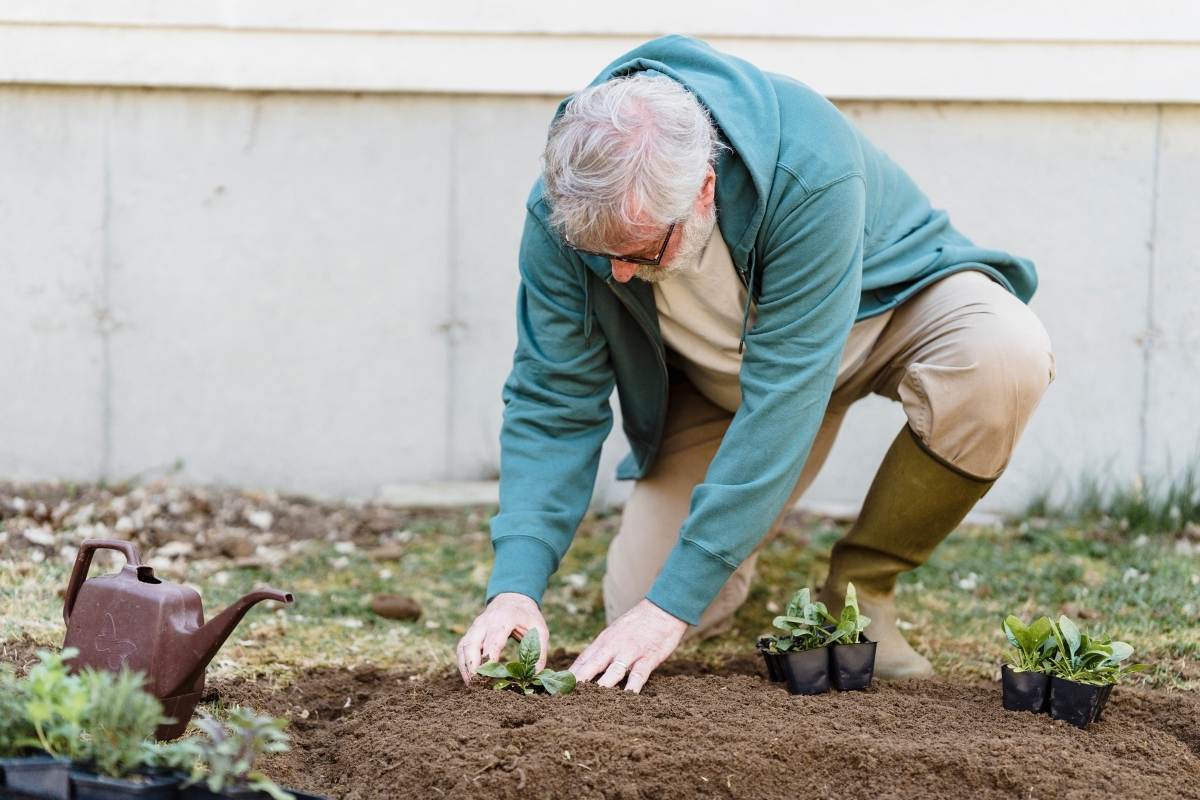There can be a ton of weight loss methods out there. However, only a few can be suitable on your current situation. If you are not motivated to lift weights, encouraged to run outdoors, or determined to change your eating habits, maybe gardening can help you.
How Gardening Can Help In Losing Weight
If you doubt that the best fat burner pills are effective weight loss methods, however, gardening can be just as effective. Gardening involves physical activity. However, instead of expecting results on your muscles only, you can expect results on the garden bed, also.
Furthermore, having sustainable produce can encourage you gradually to eat healthily. If you are planning to start, here are a number of plant suggestions that you can apply.
Physical Labor
Depending on the gardening task, you can get a good workout as if you are exercising in the gym. Whether you are plowing the soil, raking the leaves, mowing the lawn, or planting seeds, you may unnoticeably build your muscles and lose some belly fat along the way.
However, in order to optimize the physical labour, make sure you do not compromise your posture or your safety when handling tools. Without further ado, here are some of the gardening tasks and the usual calories burned per 30 minutes (assuming you weigh 185 pounds):
- Mowing lawn with the machine (affects the legs and thighs) = 200 (in spring, summer)
- Raking lawn (affects the upper body – from shoulders to torso) = 178 (in summer, autumn)
- Planting trees (affects arms, hips, buttocks, and legs) = 200 (in spring and autumn)
- Digging soil (affects almost all of the body) = 222 (in spring and autumn)
Note that summer is not a season wherein you have to plant. Rather, it is considered as growing or harvesting season.
Planting and Consuming Healthy Foods
Peas
Peas are one of the easiest to plant. They consume less space since they usually grow vertically. Planting them is so convenient that you can harvest 2 months after.
Spinach
Spinach can go well on salads, smoothies, or sandwiches. If it is cooked, it becomes more flavorful. If you are planning to plant spinach, do it during early spring or at late summer. 6 weeks after planting, you can have something to harvest.
Radishes
Radishes are also great veggies. They can either be eaten cooked or raw. When planting radishes, make sure the soil is loose.
Beans
Beans are great on soups and salads. If you are planning to grow them, do it during the summer.
Cucumbers
Another great component for sandwiches is cucumber. It is good to know that they can be grown easily. You can yield cucumbers that are 4 to 8 inches long 2 months after planting them under direct sunlight.
Potatoes
Potatoes are great sources of carbs. Eating them will give you enough energy to stay active the entire day. However, it needs a large container for growing and can take 3 to 5 months before you can harvest something.
Tomatoes
As long as you have a container, either large or small, tomatoes can pretty much survive well. You can harvest them 2 to 3 months after planting. Make sure to avoid too much direct sunlight.
Kale
Some people consider kale to be one of the superfoods since it is very nutritious. Not only do you get to stay active while planting kale, but you can also maintain a healthy weight by eating it.

Gardening might be backbreaking work, but if done right and efficiently, it can be great for losing weight. You may be skeptical at first, but you’ll appreciate it when you see great results in your health and lifestyle.
